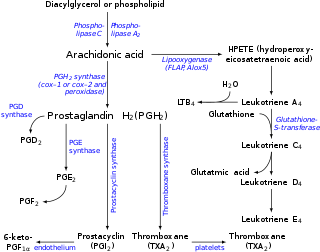The biological effects produced by intracellular actions are referred as intracrine
The biological effects produced by binding to cell surface receptors are called
- autocrine - the cell signals itself through a chemical that it synthesizes and then responds to. Autocrine signaling can occur
- by a secreted chemical interacting with receptors on the surface of the same cell
- paracrine - chemical signals that diffuse into the area and interact with receptors on nearby cells. Examples are:
- The release of cytokines that cause an inflammatory response in the area.
- The release of neurotransmitters at synapses in the nervous system.
- endocrine - the chemicals are secreted into the blood and carried by blood and tissue fluids to the cells they act upon.

The biological effects produced by interactions between cell membrane proteins are referred as iuxtacrine
Second Messengers
Second Messengers are molecules that relay signals received at receptors on the cell surface — such as the arrival of protein hormones, growth factors, etc. — to target molecules in the cytosol and/or nucleus.
They serve to greatly amplify the strength of the signal. Binding of a ligand to a single receptor at the cell surface may end up causing massive changes in the biochemical activities within the cell.
There are 3 major classes of second messengers:
1. cyclic nucleotides (e.g., cAMP and cGMP)
2. inositol trisphosphate (IP3) and diacylglycerol (DAG)
3. calcium ions (Ca2+)
Signalling molecules
effects depending on the origin of the signalling molecule
Modulation of the single steps of the signalling cascade and its bifurcations
Arachidonic Acid

MAPK

Additional pathways
Cytohesins and centaurins control subcellular trafficking of macromolecular signaling complexes: Regulation by phosphoinositides and ADP-Ribosylation Factors 2002
